Everyone has strengths and gifts.

When I was in the classroom, I taught down the hall from Ms. C. Ms. C was somehow magic. Kids who were squirrely in most classes came into her class quietly, prepared, and behaving beautifully with “yes ma’am”s and “no, ma’am”s. She was magic.
Before I knew that it was ok to learn from colleagues, I used to lurk outside her door during class change to see what it was she did that made these goofball kids and turn them into model students.
 She thanked every kid personally, by name for coming into her room quietly and respectfully. She didn’t yell. She expected them to behave and they did. And she had some pretty powerful one-on-one conversations in the hall with kids when they didn’t behave. She didn’t try to be their best friend.
She thanked every kid personally, by name for coming into her room quietly and respectfully. She didn’t yell. She expected them to behave and they did. And she had some pretty powerful one-on-one conversations in the hall with kids when they didn’t behave. She didn’t try to be their best friend.
She was strong in an area where I needed to grow.
Outside of school, some of you are great cooks or restore old cars or teach Sunday School or foster homeless pets or make beautiful crafts or volunteer or grow kumquats or bartend or play tennis.
Everyone has their strengths outside of school. But I want to talk about those strengths you bring to the INSIDE of school.
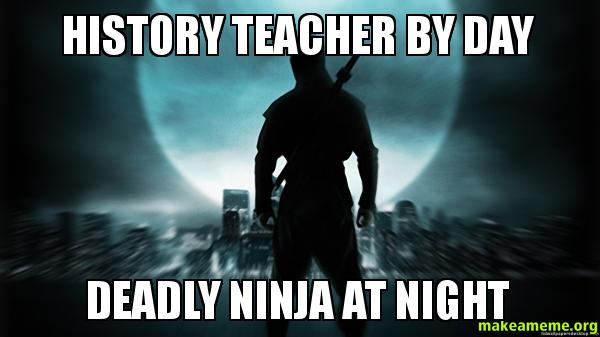 What are you particularly good at, teaching-related?
What are you particularly good at, teaching-related?
Some teachers make wonderful lesson plans. Some teachers have incredible relationships with their students. Some use innovative technology effortlessly. Some of you get things graded thoughtfully and entered almost immediately.
I used to have great relationships with kids -- but I was never the teacher the kids confided sensitive problems to.
I love writing great lesson plans -- but I take two weeks to get everything graded and then I rush through it and give lousy feedback.
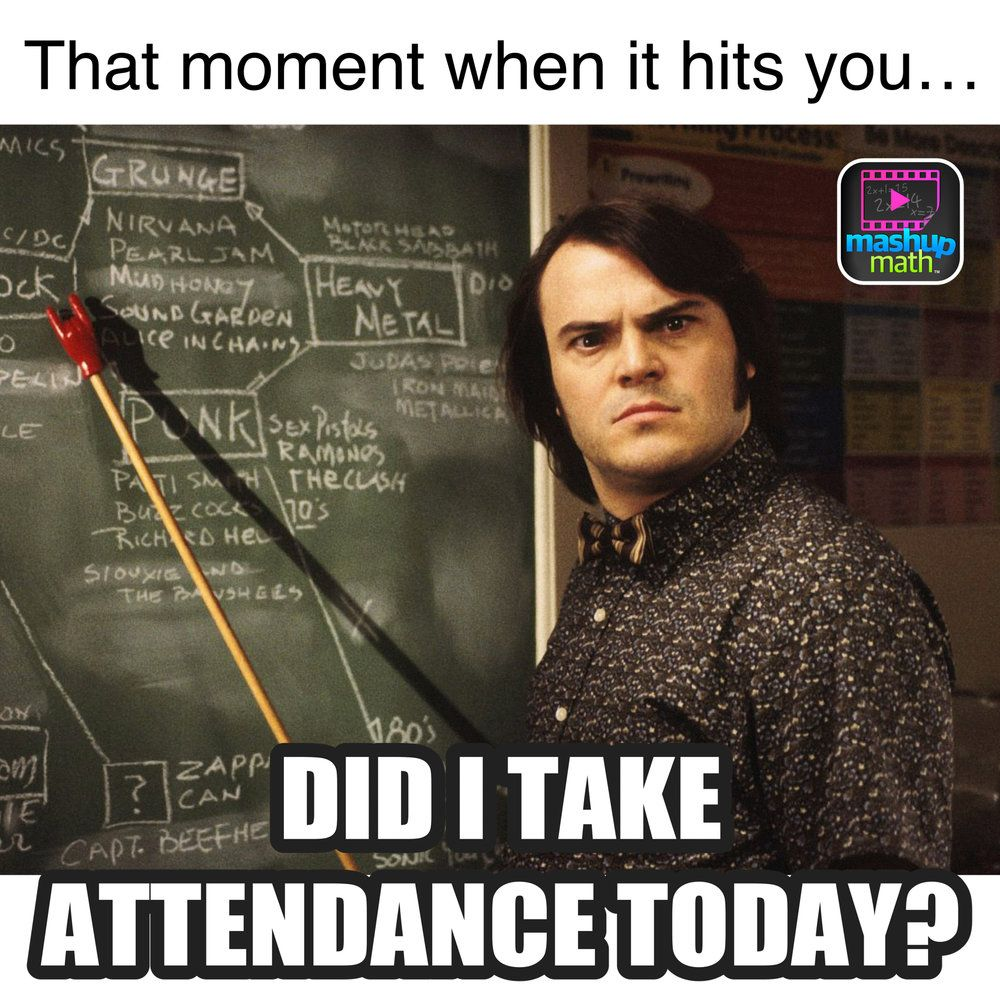 I was strong at planning and doing one-time events -- running the awards ceremony or the Valentine’s Day dance. But I struggled with corralling and focusing the Student Government kids every single week.
I was strong at planning and doing one-time events -- running the awards ceremony or the Valentine’s Day dance. But I struggled with corralling and focusing the Student Government kids every single week.
I have had the wonderful fortune to observe in tons of classes over the years in this job. And this year, I have had the joy of taking teachers to go observe other teachers to see them teach.
It is one of my favorite things to do --- and it might be the most powerful PD I can offer! There is nothing more REAL than to see a REAL teacher teach a REAL lesson to a REAL class in REAL time.
And I love getting to see so many different teaching strengths!
 Every teacher I see has strengths. Check the list below and identify a few of your OWN strengths.
Every teacher I see has strengths. Check the list below and identify a few of your OWN strengths.
Tons of content knowledge
Strong processes and procedures
Gives great feedback to students
Manages classroom beautifully.
Creates powerful relationships with students
Teaches kids higher order thinking well and frequently
Runs engaging classes regularly
Uses tons of strategies that are “just right” for each lesson and class
 Really good with English Language Learners.
Really good with English Language Learners.
Awesome at putting scaffolds into lessons to help struggling students
Use turn and talks a couple times a period
Great storyteller
Makes solid assessments
Uses new and effective technology -- and uses it well
Inspires the best in kids to work and learn hard
Organizes materials and kids for optimal learning
Keeps a gorgeous classroom
Makes learning relevant to the kids’ real worlds
Teaches to different modalities, learning styles and multiple intelligences
Keeps parents happy and informed
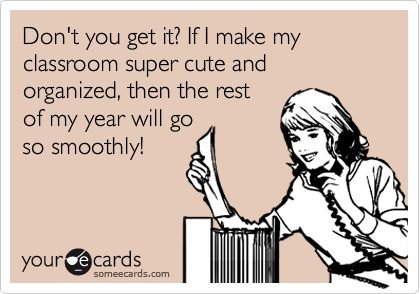 Differentiates for different kids
Differentiates for different kids
Gives clear, quick, specific directions and transitions
Stays positive
Collaborates well with colleagues
Intentionally teaches study/thinking skills .
Formative assessment ninja -- and uses that info
Tries new things regularly -- and adapts them so they work
__________________________________
__________________________________
I’m sure there are more teaching skills that I missed. Feel free to add a few more on to the end.
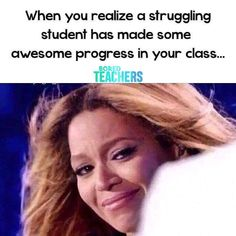
Now, make SURE you have identified a few of YOUR STRENGTHS.
In a field like ours where you never get enough praise and props for what you do, please pat yourself on the back and give yourself a high-five.
Now, think of how you could help another teacher who needed to strengthen that particular skill. If you are a master at giving clear, quick, specific directions and transitions, think about how you could help a colleague who could use some improving in that area. If you form great relationships with students, how could you help someone who needs to improve their relationships with kids? What would you say or do?
 Now, go back through the list again. Identify 3 or 4 of the skills where you could use a little improving.
Now, go back through the list again. Identify 3 or 4 of the skills where you could use a little improving.
Nobody is perfect. No shame -- and you don’t have to share this with anyone. We all have strengths and areas to improve!
As you talk with your colleagues, have official PLCs, team meetings, informal hallway chats, lunch conversation, even just back-and-forth emails... Think about who has skills you could learn from.
Then, just ask them.
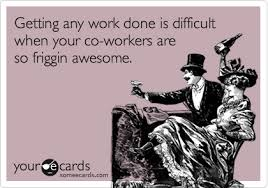 It requires us to admit to being imperfect. But other than that, it is POWERFUL for use to ask our colleagues -- “hey, how come you never have any behavior problems in your classes? What’s your secret?” or “What do you do that works so well with ELL students?” or “How do you keep your class so engaging? Kids are always talking about what they’re doing in your class!”
It requires us to admit to being imperfect. But other than that, it is POWERFUL for use to ask our colleagues -- “hey, how come you never have any behavior problems in your classes? What’s your secret?” or “What do you do that works so well with ELL students?” or “How do you keep your class so engaging? Kids are always talking about what they’re doing in your class!”
It’s a little humbling to ask for help. But it’s also the only way we grow.
Even a teacher you might not be BFFs with or who might be out of your grade level or content area or magnet program -- that teacher may have something to teach you.
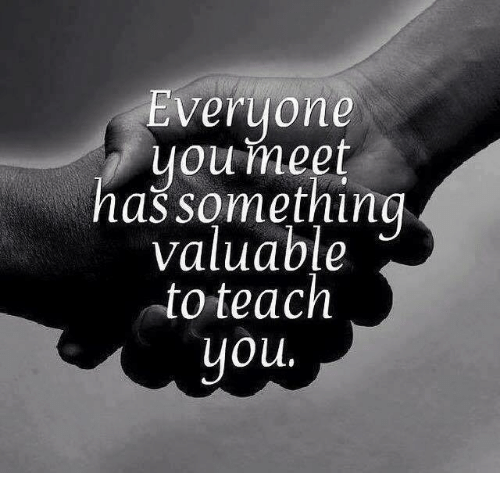 Ask them how they manage to remember to use turn and talks daily or how they manage to make everything relevant or how they keep such a calm, well-run classroom or how they get everything graded so quickly!
Ask them how they manage to remember to use turn and talks daily or how they manage to make everything relevant or how they keep such a calm, well-run classroom or how they get everything graded so quickly!
There’s a ton of PD we can provide -- or teachers can be doin’ it for themselves. Think about your strengths and areas for growth. Then, take it in your own hands and figure out who to learn from and go learn it.
Any ideas? Or need help finding out WHO is awesome at a particular skill? As always, I love to hear and help! Email me at newmantr@pcsb.org
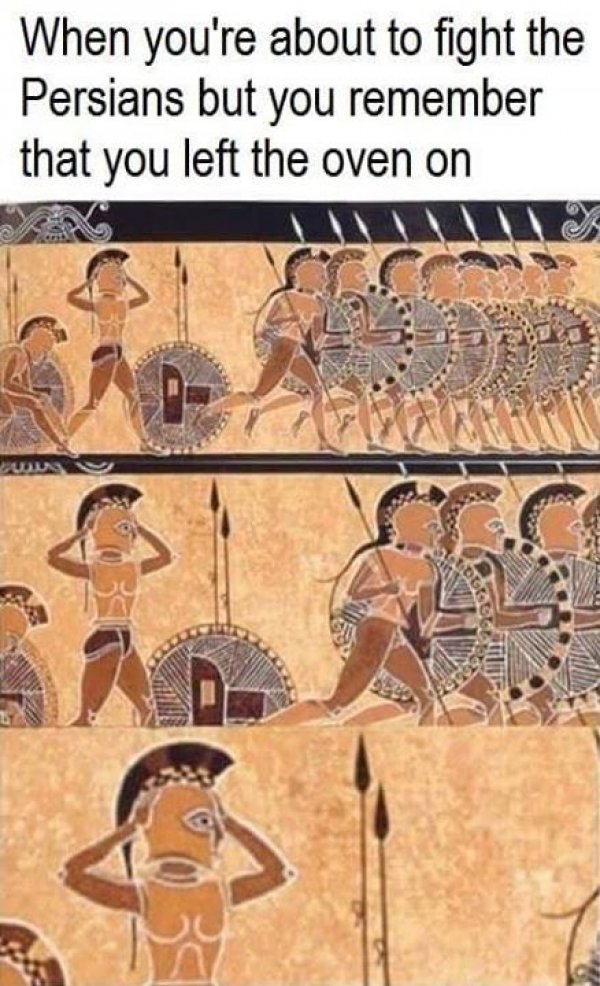 This strategy is quick and easy. You can use it with any artwork that stands still in time (not a video or something that shows something over time or something. You can have something prepared on the screen/board/handout or you can just wing it and ask the questions as a Turn and Talk, journal moment, bellwork, or discussion.
This strategy is quick and easy. You can use it with any artwork that stands still in time (not a video or something that shows something over time or something. You can have something prepared on the screen/board/handout or you can just wing it and ask the questions as a Turn and Talk, journal moment, bellwork, or discussion.